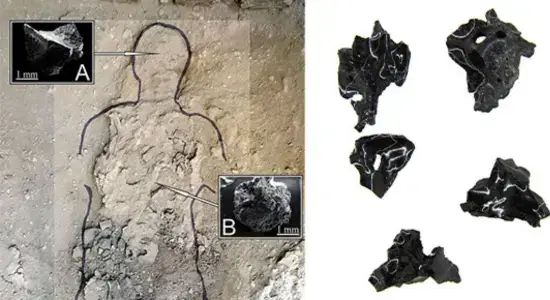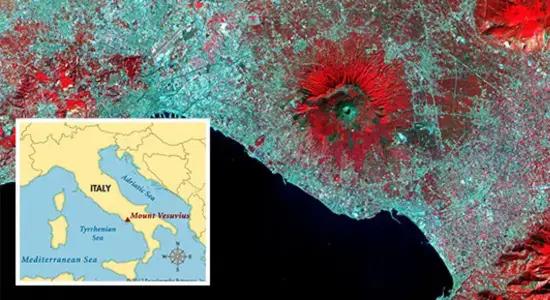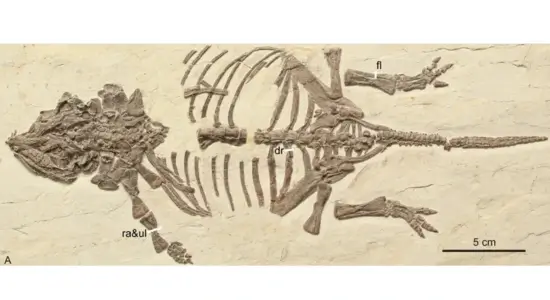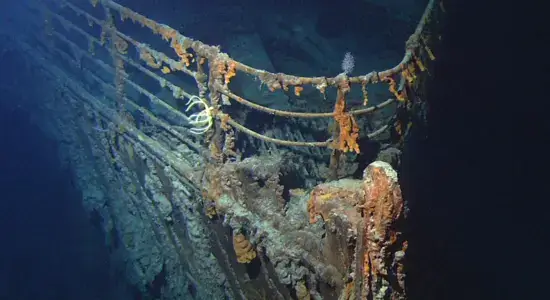When Mount Vesuvius erupted in 79 A.D., the explosion released hot gases and rocks with such intensity that it caused the blood inside human bodies to boil, and even evaporated the skin of living creatures. The extreme heat from this volcanic eruption was so intense that it turned human brain tissue into glass. This discovery came from an unexpected source – the victims of the eruption in the ancient town of Herculaneum, near Pompeii.

The Uncommon Discovery of Human Brain Remains
Normally, archaeologists don’t often find human brain remains during excavations. When they do, the brain typically appears as a small, soap-like mass. However, when researchers examined the remains of the victims in Herculaneum, they found something entirely different. The human brains had been burned and transformed into small, black, glass-like fragments.
What is Vitrification?
The process that caused this unusual transformation is called “Vitrification.” This happens when soft tissue is exposed to extreme heat, causing it to melt and then solidify into glass-like crystals as it cools. The intense heat from the eruption caused the victims’ brain tissue to undergo this process, turning it into glass.

The Discovery Process
The discovery of vitrified brain tissue was made by Dr. Pier Paolo Petrone, a professor of human physiology and anthropology at the Federico II University in Italy. Dr. Petrone and his team conducted an in-depth study of over 300 victims’ remains in Herculaneum. Among the remains, they found the skeletons of people lying on wooden beds, covered by a layer of ash. Their bones were charred, and skull fragments were scattered due to the explosive force of the eruption.
When examining the fragments, the researchers found shiny black pieces among the remains of the skulls. Upon further analysis, these fragments were confirmed to be brain tissue, composed of proteins found in the human brain, such as those found in the cerebral cortex and amygdala. The researchers also discovered fatty acids that are typically found in human hair and triglycerides, common in brain tissue. This confirmed that the glassy fragments were indeed human brain matter.

Temperature at the Time of the Eruption
The scientists also estimated that the temperature in the room at the time of the eruption must have reached about 520°C (968°F). This extreme heat was sufficient to cause the brain tissue to undergo vitrification, preserving it in an unusual glass-like state.
The Significance of the Discovery
This groundbreaking discovery sheds new light on the catastrophic effects of volcanic eruptions, especially the impact of extreme heat on human bodies. It also provides a rare glimpse into how the body’s tissues, particularly the brain, respond to sudden and intense temperatures. This discovery is not only important for understanding ancient volcanic events but also for modern studies on how the human body reacts to extreme environmental conditions.

The discovery of vitrified brain tissue in Herculaneum offers a fascinating insight into the destructive power of volcanic eruptions and the lasting effects they have on human remains. By studying the preservation of these brain fragments, scientists can learn more about the catastrophic effects of extreme heat, providing valuable information for both historical and scientific research.






